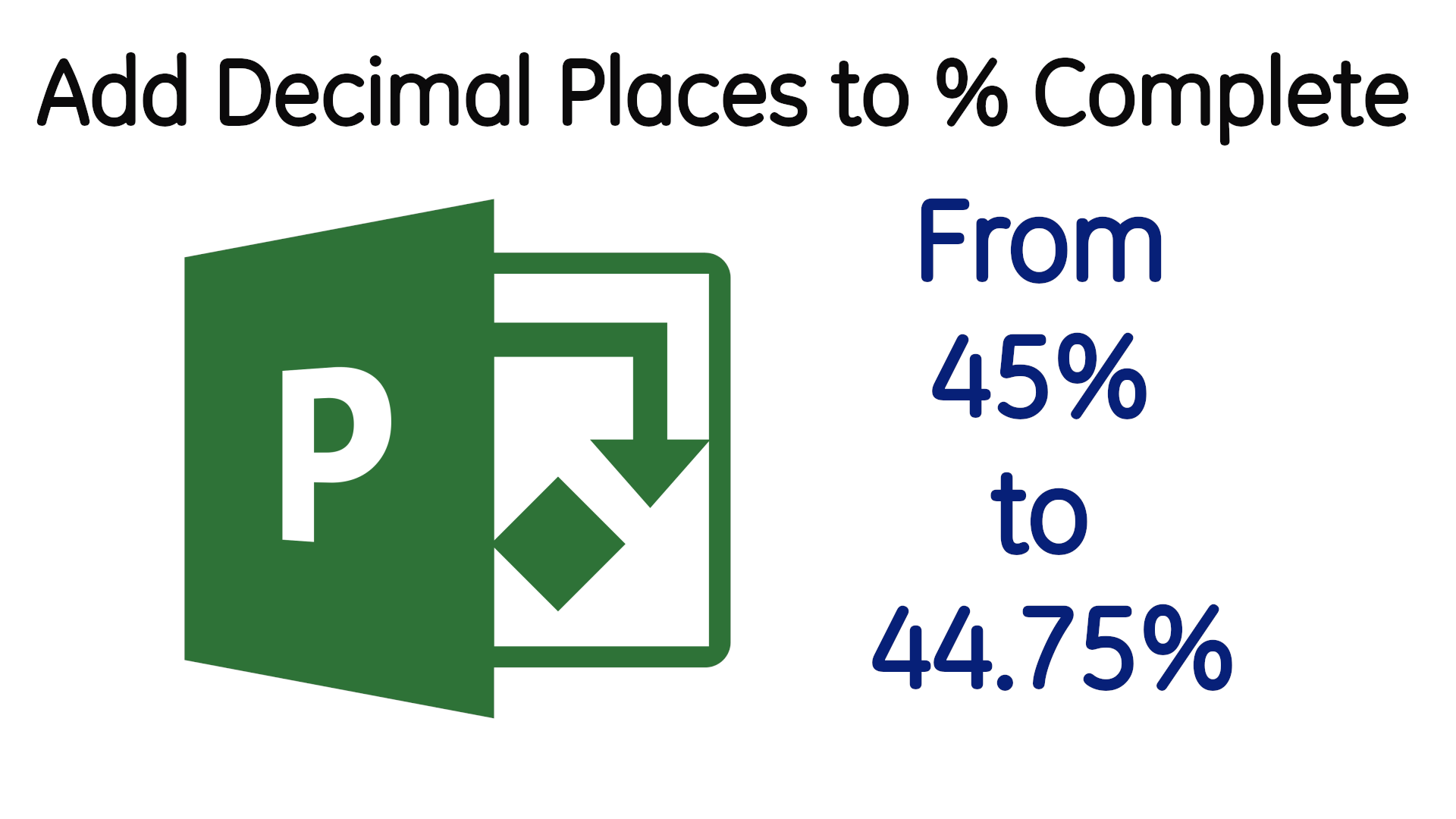Good Practice: Schedule Basis
Have you inherited a Project schedule or received a contractor’s schedule and you could not understand the reason for some of the information in schedule and wished there was an accompanying document, which provided the assumptions used to build the schedule?
You are not alone and according to Rider (2015) there are many projects where such a document is lacking. If as a Project Planner, with all the planning software at your disposal, you sometimes struggle with deciphering a schedule, then imagine what it is like for those who rely only on pdf copies of the schedule.
A must do for all Planners is to always prepare a Schedule Basis document to accompany a Project schedule no matter the size of the project. Stephenson (2007) defines Schedule Basis as “a document that defines the basis for the development of the project schedule and assists the project team in identifying any key elements, issues and special considerations (assumptions, exclusions, etc.).”
The format and content of a Schedule Basis document, in my opinion, should be tailored to each Project / schedule. AACE International Recommended Practice No. 38R-06 (2009) provides guidance on the various elements of project information that may be included in a Schedule Basis document. Note that this Recommended Practice is available for free to members of AACE International at http://www.aacei.org/non/rps/welcome.asp while non-members would need to pay for it. The freely available pdfs by Riddle & Stephenson in the reference list below also contain suggested formats.
Irrespective of contractual requirements, I would recommend keeping a Schedule Basis document and as a minimum, it should contain the Schedule Assumptions and Constraints. According to PMI (2011), assumptions are “factors that, for planning purposes, are considered to be true, real, or certain without proof or demonstration.” An example of a schedule assumption is that a resource on 12-hour shift calendar will have 75% efficiency (9 hours) and this assumption is then used to estimate the duration of all activities this resource will be used on. PMI also define a constraint as “limitation, either internal or external to project, that will affect the performance of the project” and an example of a schedule constraint is that a key resource that is required on the Project has to be shared with 2 other Projects.
The Schedule Basis is considered a LIVE document that should be kept up to date and issued with each schedule update; and should include a narrative of key changes from last issued schedule for each update post Project Baseline. The Schedule Basis provides context to each issue of the schedule in that it summarises the information and data available to the Planners during schedule development or update. It can be a useful document that new joiners to the Project can use to better understand the Project schedule and bring them up to speed with the Project status.
Though most Project planning software have facilities for keeping logs (P6 has Notebooks & Microsoft Project has Notes), they are quite limited. Having a Schedule Basis can help increase the confidence in the schedule as it provides a clear picture of the key assumptions in the schedule and constraints that underpin the duration estimates, sequence of activities or resource availabilities.
References
Rider, R.J. 2015. The Schedule Basis Memorandum: Key Supporting Documentation for a CPM Schedule Analysis. [pdf] Long International, Inc. Available at: <http://www.long-intl.com/articles/Long_Intl_Schedule_Basis_Memorandum-Key_Support_for_a_CPM_Sched_Analysis.pdf> [Accessed 13 January 2016]
Stephenson, L.H. 2007. Scheduling Management: Schedule Basis Memorandum. [pdf] Morgantown, West Virginia: AACE International. Available at: <http://www.icoste.org/AACE2007%20Papers/Nashville_ps18.pdf> [Accessed 13 January 2016]
AACE International Recommended Practice No. 38R-06, 2009. Documenting the Schedule Basis. Morgantown, West Virginia: AACE International.
Project Management Institute (PMI), 2011. Practice Standard for Scheduling. 2nd ed. Newtown Square, Pennsylvania: Project Management Institute.



